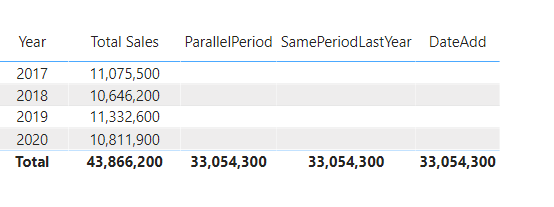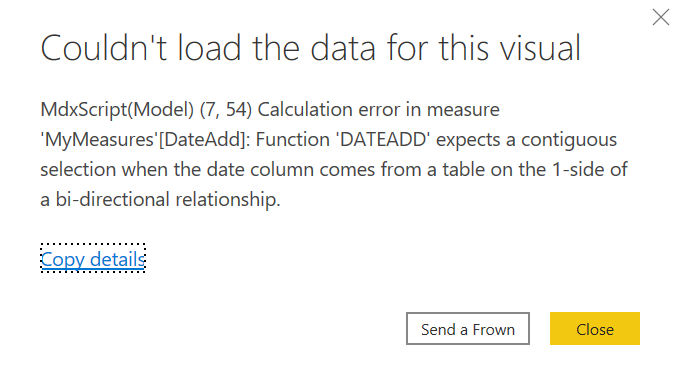Time Intelligence using ParallelPeriod, DateAdd & SamePeriodLastYear
-
Time Intelligence using ParallelPeriod, DateAdd & SamePeriodLastYear
Sorry, there were no replies found.
The discussion ‘Time Intelligence using ParallelPeriod, DateAdd & SamePeriodLastYear’ is closed to new replies.




